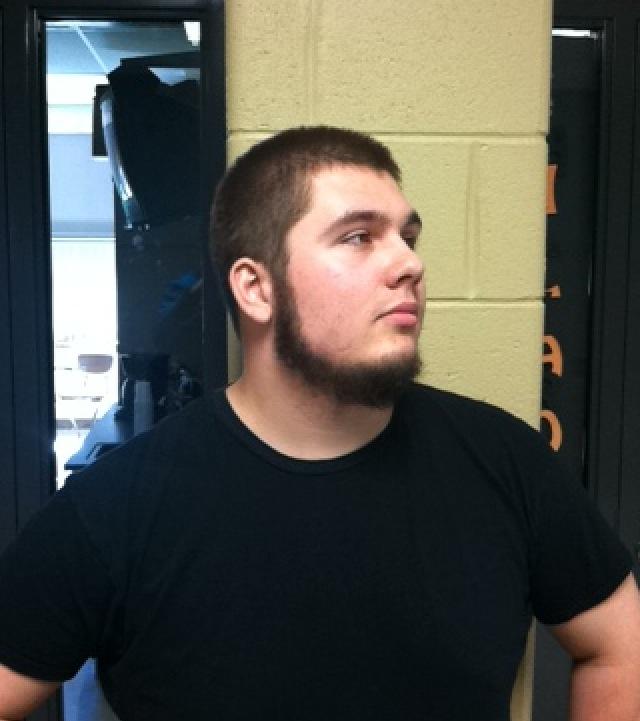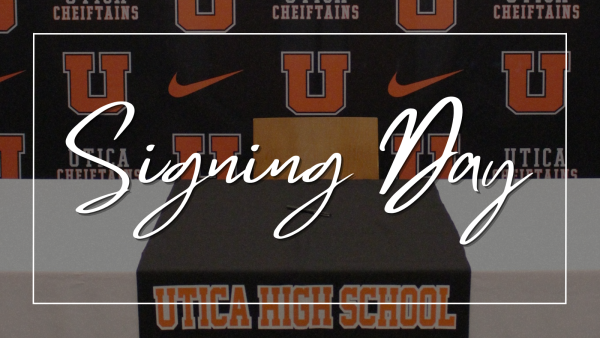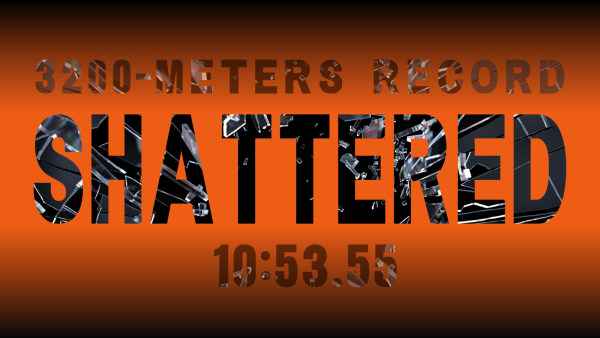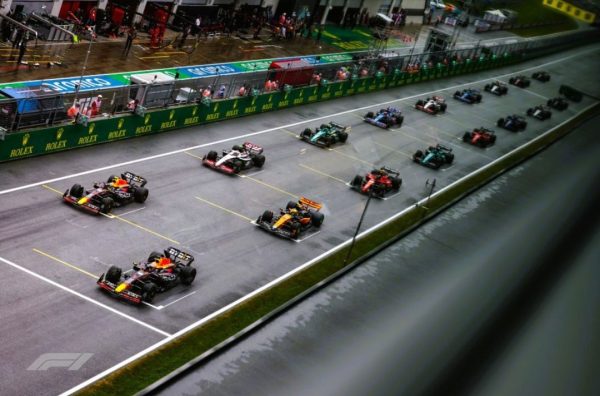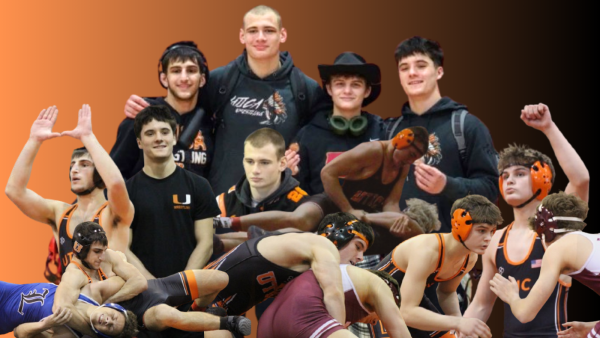Time to get hairy: playoffs encourage sports fans to put down their razors
Playoffs bring the best, worst and hairiest out of most hockey fans. Especially being in the Detroit area, the playoffs are a pretty big deal; after making 23 consecutive appearances, most people consider the Red Wings a pretty good team. Not only do fans get excited when the playoffs start, but there’s also a large amount of facial hair that comes along with that time of year.
The playoff beard is a tradition in almost all sports, but is held close to hockey; the series of seven games really improves the length of beards that players and fans alike can grow. Some of the more famous beards in hockey belong to the faces of players like Henrik Zetterberg, Zdeno Chara, Brent Burns, Scott Hartnell and many other players competing in the playoffs. Granted, not every player in the National Hockey League (NHL) can grow a luscious beard; players like Sidney Crosby and Jonathan Toews lack the facial strength that most playoff captains possess when entering the first round.
Not everyone grows a beard for the playoffs. Some players grow impressive mustaches instead. Others start a “flow,” or slicking back of the hair, and some have even grown mullets.
“I grow a playoff goatee instead of a beard,” senior Tony Colombo said. “I’m going to keep it until the Pittsburgh Penguins win the Stanley Cup again, which may last multiple years.”
One can tell a sad day in a hockey area when everyone is well shaven in late April or early May. When a team gets knocked out of the playoffs, it’s a hard thing for fans to accept.
Playoff beards start the day that the regular season ends, and it has to be started with a clean shave. The beard also has to be shaven the moment after the final horn goes off when a team gets knocked out of the playoffs. The playoff beard started with the 1980 New York Islanders and has expanded all over the NHL and even into the other major league sports.
During the 2009 NHL playoffs, the Red Wings adopted the slogan “The beard is back” to say they were back in the playoffs and that Zetterberg’s well-known beard would be making yet another appearance.
Most Red Wings fans have seen playoff beards their entire lives because the Wings have made 23 consecutive playoff appearances.
“I’m growing a beard for the NBA playoffs,” junior Tyler Farrell said. “I don’t plan on shaving it until the Pistons make the playoffs.”
The playoff beard has become more than just the face of the playoffs and a way to bring a team together. The traditions is also a way for teams to raise money for their charities through the “Beard-A-Thon.” Each team uses the money raised through beardathon.com to donate to the charity of their choice; the Detroit Red Wings donations go to the Detroit Red Wings Foundation, which helps the future of the community by providing resources to causes that contribute to the growth of hockey in the area.
“I started my playoff goatee to help out and support the Penguins to win the Stanley Cup,” Colombo said. “I started growing it because Pittsburgh made the playoffs. I grew it for fun and to see what I could grow.”
There are other largely practiced superstitions when it comes to playoffs, including eating the same pre-game meal or wearing the same article of clothing for every game. They vary from players to fans and from leagues to teams.
The biggest superstition in the NHL is for the conference champions to not touch their trophies to avoid jinxing the playoffs. Some have smaller traditions, like how they tape their sticks or how they dress before each game.
Superstitions and rituals appear in every sport and at all levels. Some of the most common superstitions in hockey are to tap the goalie on the leg pads before each game and for their sticks to lie crossed.
“I’m keeping my beard until the Tigers win the World Series,” junior Cayman Eller said. “I started it to support the team. I even use beard oil to help keep it silky and smooth.”
While the playoff beard isn’t for everybody, other players have their own way of getting in the zone for a game and winning championships. When hockey player Patrick Roy still played, he would talk to the poles of the net and often referred to them as his “friends.” Along with having his “friends” backing him up, Roy also would never touch lines on the ice; he would jump over them coming out on the ice and going back after each period.
Superstitions and rituals don’t win games, but they help players get in the zone to perform at their top level. The playoff beard is more than just a superstition and ritual: it’s a symbol of the playoffs and is a way to get fans involved in the run for Lord Stanley’s Cup.



